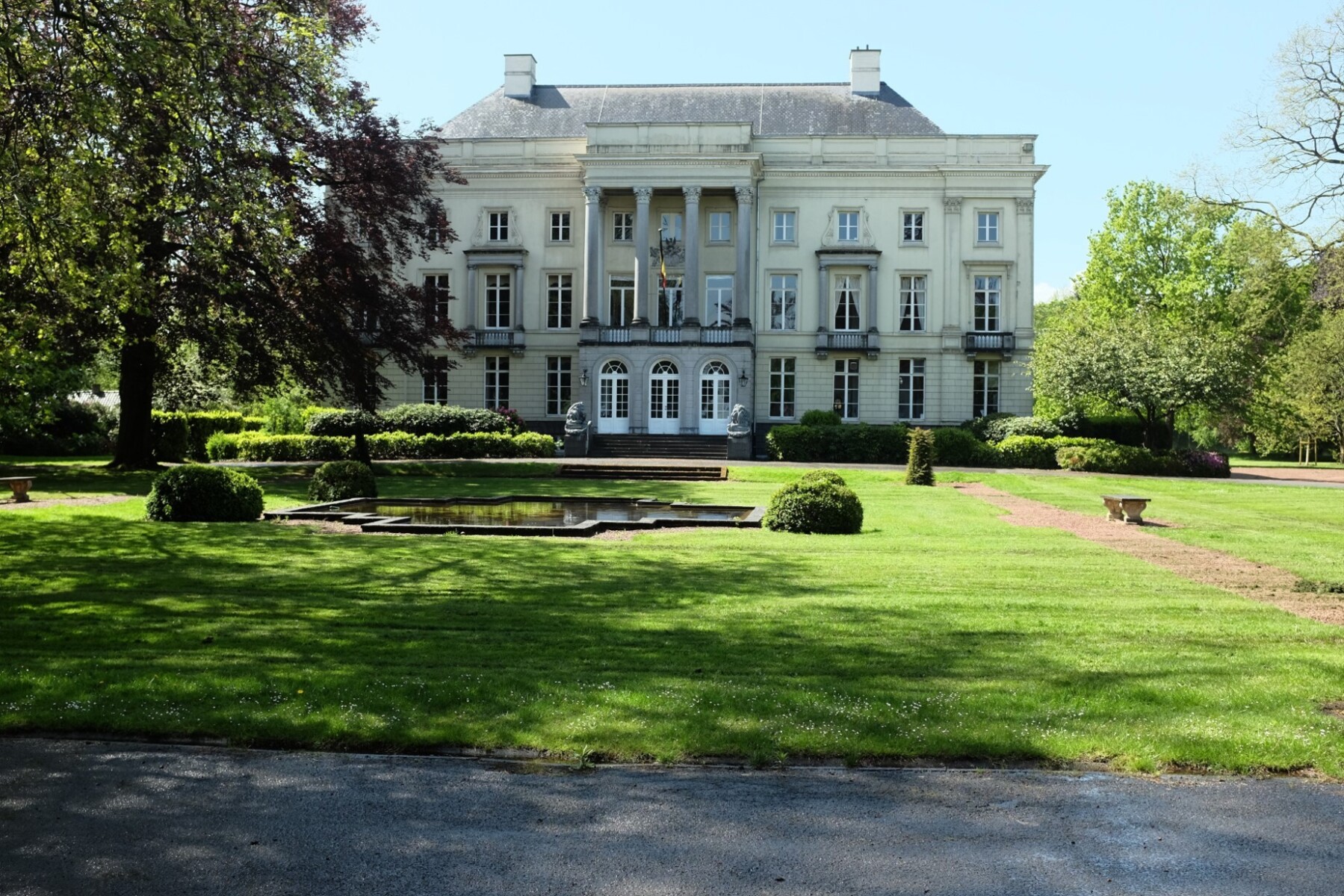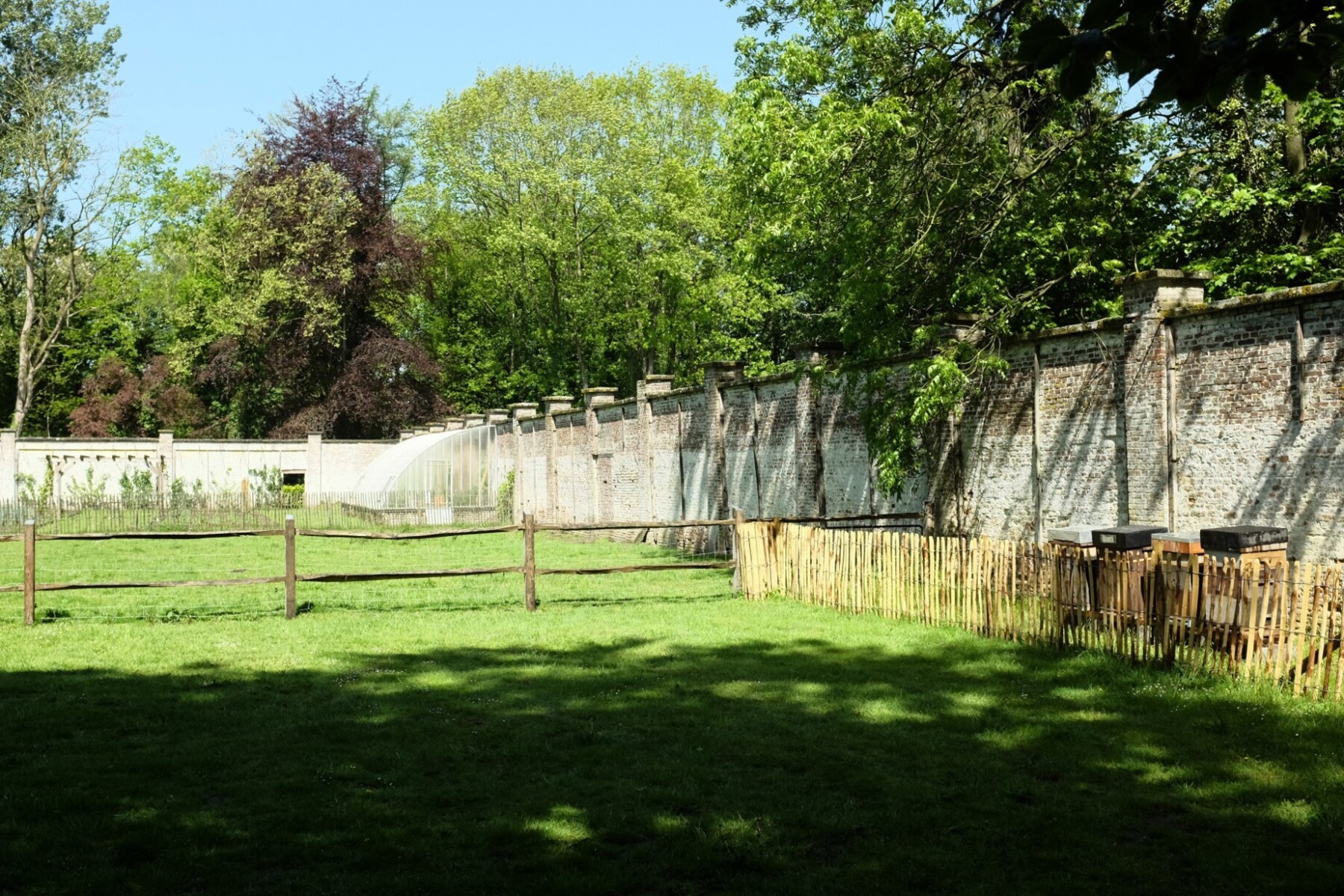This research project looks for ways to preserve historic estates in a sustainable way. It also looks at the role landscape and garden architects can play in these revaluations and the appropriate policy context that can facilitate them. The emphasis is on creating social added value on a cultural-historical, ecological, aesthetic, social or economic level. The project pays attention to contemporary interpretations of historical management traditions of historical estates, including timber extraction, food supply or game management. It also looks at new uses such as natural cemeteries, site-specific art trails or other activities that can generate income for conservation.
Some 30 'best-practices' of multiple space use of historical country estates from the Netherlands and abroad are first studied in depth to get a picture of specific problems and opportunities. Then, in about five living labs, future scenarios for revaluation will be explored using design research and in close interaction with landowners, government agencies, designers and other actors relevant to or involved in the specific estates. The 'living labs' are linked to design workshops within courses in landscape and garden architecture, landscape development, visual arts and autonomous design. The combination of literature analysis with the findings from the best-practices and the living labs will give rise to concrete implementable proposals for new uses, to policy recommendations to facilitate this, and to reflections on the possibilities for an expanded role of landscape and garden architecture.
Conservation through development is a research project of the research centre Futures through Design.






